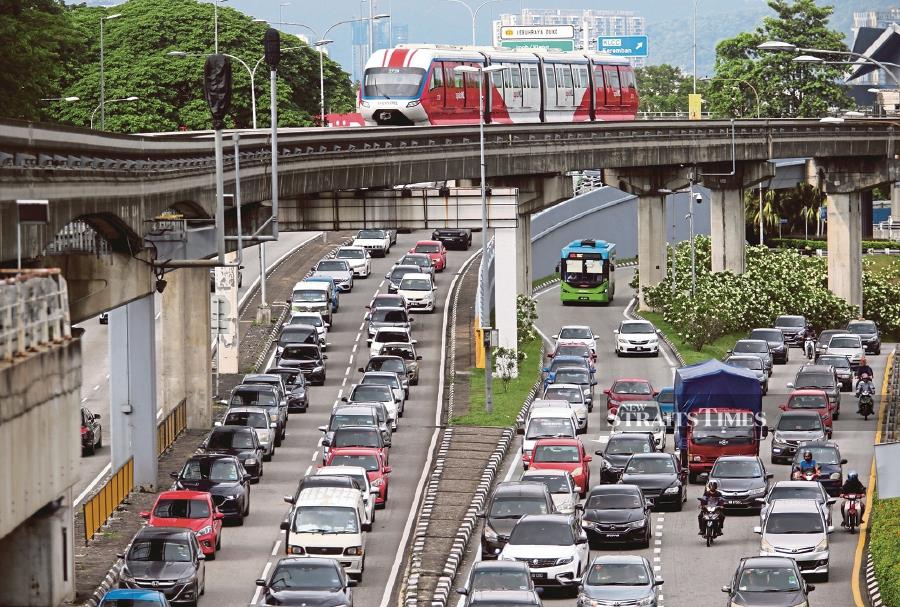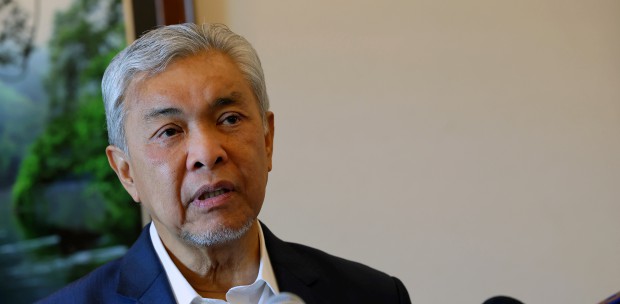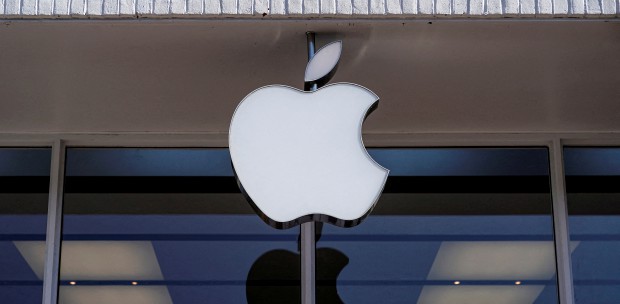PERHAPS it seems counterintuitive that car companies should push the government to set a time limit for cars that are not zero emission, or still using the internal combustion engine (ICE).
But, in fact, not having this limit will actually make it worse for all car companies in Malaysia.
First, let's consider the current state of the global automotive industry and what is trending on a worldwide scale.
What is quite clear is that sales of cars are shrinking almost all across the board, with China being an exception among the bigger markets.
But, at the same time, the sale of battery electric vehicles (BEV) are increasing at a rapid rate; in some markets, we are seeing a doubling of sales from last year.
According to Bloomberg New Energy Finance, sales of BEV grew 54 per cent in June compared to the same period a year ago. BEVs also accounted for 12 per cent of total global automotive sales, which means that we are clearly in the inflection point of the world's transition to electric vehicles (EVs).
The crossing of this point will likely see the world's demand for EVs increase rapidly at a pace of at least 50 per cent annually for the next 10 years until it reaches a saturation point 12 to 15 years from now.
Up until last year, most industry observers, myself included, were unsure of when BEVs would even hit five per cent of global sales. However, the combination of Tesla opening its Giga Shanghai plant and the sudden increase in popularity of Chinese EV brands meant the numbers shot up in the last two years.
If it were just Tesla increasing its sales through the Model 3 and Model Y, then there might be room to argue that the market was not quite ready for mass adoption of EVs, and that we might stay within the early adopter zone for a few more years.
Conventional wisdom two years ago suggested that we would stay in the early adopter zone until 2024 or 2025, but such was the shift that happened last year that even Tesla was caught off guard.
During its third quarter earnings call last year, Tesla admitted to underestimating demand for its vehicles and had to push the Shanghai plant to ramp up production dramatically, so much so that they achieved a run rate of 500,000 units a year.
Last year also saw a dramatic increase in the number of Chinese-branded BEVs dominating the sales chart, displacing the traditional brands.
With China slowly weaning the market off EV incentives, some analysts have been expecting sales to shrink but that has not happened. It appears that the government has timed the withdrawal of incentives at just the right moment when market momentum is strong enough to continue pushing sales upwards.
The tremendous market shift in China was being felt in Stuttgart, Munich, Wolfsburg, Gothenburg, Seoul and even Detroit and Paris.
Traditional carmakers there scrambled to put together plans for the transition to electric cars but most found themselves severely restricted by various constraints, including supply of raw materials or batteries, lack of EV technology and even human capital.
All of this happened to European and American car companies because they were slow to implement a clear last day policy for polluting cars.
The last day policy may be seen by many as a symbolic gesture placed near enough geologically to indicate that countries are kind of serious about tackling carbon emissions but far enough on the business calendar that they didn't really have to do anything about it.
And that was exactly what most carmakers did.
Well, they didn't do nothing; worse, they did the wrong thing.
As the European Union struggled to form a consensus on the last day for polluting cars, its carmakers decided to push on with their ICE development programme, enjoying the false sense of security that their governments would be able to regulate them into safety.
To make themselves feel good and crank up some green credentials, they went down the hybrid path, going as far as developing plug-in hybrid vehicles, which they say is a good way to learn about EVs.
I believed them, until I looked at Tesla and realised that the best way to learn about EV technology was to build them and do so without considering anything that legacy carmakers consider as necessary.
Even as Tesla began to impress the world with the mind blowing performance of their first mass produced Model S, the United States got Donald Trump in the White House and he just didn't care much about EVs and even tried to roll back some of the emission timetables already in place.
This buoyed the likes of General Motors, Ford and Toyota that had been actively campaigning for a more gradual transition to zero emission and wanted the language to give them leeway into synthetic fuels.
The short of it is that European and US carmakers wanted to keep their pistons running and thought regulations were enough of a bulwark against all the talk about EVs and Tesla.
The Fremont company was seen as an outlier and would impact the market until much later. The traditional car companies figured they could dictate the pace of change when they were ready. Unfortunately, they had kept their eyes off of China.
While the US and European markets were still the biggest auto markets, they knew that China would be an even bigger market before the decade was over but China was seen as a less lucrative market with less expensive vehicles making up sales while offering thin margins.
Even so, China was so big that for those who were already there, it accounted for a large chunk of their sales and profits. For many of them, China was the real growth engine as the more mature US and European markets were no longer expanding as fast.
For example, Volkswagen AG made half of its profit in China, despite having to share that cake with its local partners — that was the scale of China.
When the Chinese government began heavily subsidising EVs, almost everyone thought that the cars would never be good enough for export.
My own personal experience came in 2016 during a visit to Geely as part of the group's familiarisation tour amid the deal to become DRB-HICOM Bhd's partner in Proton Holdings Bhd.
We were shown an Emgrand sedan with batteries that could travel 350km (as claimed), which was on sale for the equivalent of RM85,000 after incentives and roughly around RM115,000 before incentives.
That was an eye-opening price because we only had the Nissan Leaf to compare with and that car was priced at nearly RM200,000 at the time while having a very similar range.
So, it seemed that the Chinese carmakers had cracked the cost barrier, although their offerings seemed to lack appeal and struggle on quality as well.
Coming back from that trip, I began telling friends in the auto industry about China and how it might overrun the market with decent electric products that were priced to sell.
Spewing EV gospel five years ago probably made me look like a crazy person talking, since there were no EVs in the market and no one here, apart from a handful that had bought the Leaf or leased a Tesla from Greentech, even considered living with an electric car.
Telling everyone to plan for EV transition at that time was about as useful as talking to a wall because there was no reason for any carmaker to do so.
Even in Europe, they continued with their hybrids and convinced the regulators that Plug-in Hybrids Electric Vehicles (PHEV) were actually good at reducing emissions.
That less-than-honest analysis of data got unpacked really quickly in the last few years as several surveys have shown that a large majority of PHEV owners do not charge their vehicle and, as a result of having to lug around all that battery and electric motor, their cars were burning even more dino juice than a conventional car.
The EU began curtailing incentives for PHEV and drew up a new emissions standard that would practically halt all ICE sales if they were introduced. The Euro 7 standard is likely to be introduced in 2027.
In the meantime, European and US brands were finding the China market tougher than ever as buyers began converting to EVs in large numbers last year.
Tesla and Chinese brands have dominated the BEV sales chart in China, resulting in collapsing ICE sales in the world's biggest car market.
With Tesla creaming German luxury brands of Mercedes Benz, BMW and Audi in the US market, outselling the 3-series and C-Class by a large margin and now threatening the Honda Civic and Toyota Camry as the best selling cars in America, traditional brands suddenly found themselves under attack from both sides of the price curve.
With no real incentives to change thanks to their successful lobbying of governments, they found themselves up the creek without a paddle.
Had they organised themselves better in the last five years, they might be in a position to ride the EV transition. But now, they are left pinning their hopes on limitation of battery supply to slow global EV adoption.
While most of the traditional carmakers are facing battery supply problems, it is primarily due to their own lack of planning. Tesla and China carmakers seem to have found a steady supply of raw materials, because they planned for it.
China has most of the world's stockpile of battery materials and Tesla has secure long-term contracts for the same.
That is why Tesla and Chinese car brands seem to be able to crank up production and sales as others sit and complain about supply chain issues.
The lack of deadline has lulled these carmakers into a false sense of security and that is probably the main reason they are not ready today.
The same thing will happen to the Malaysian automotive industry; in fact, it would be worse for us because we are small and can be overrun quite easily by the technology tsunami.
World Trade Organisation rules mean we cannot stop the importation of electric cars from China. For now, we may think that we can protect local players with some rules about local assembly but with Asean Free Trade Area also governing our intra-Asean trade, what is to stop Chinese carmakers already established in Thailand and Indonesia from lobbing over their cars into our market?
Without any sort of sell-by date for ICE, local companies such as Proton and Perusahaan Otomobil Kedua Sdn Bhd (Perodua) would find it hard to convince their technical partners to share their EV technology because they don't see any potential in Malaysia ass the government had no concrete long-term adoption plan.
Without a deadline, companies will not be able to plan for the transition clearly while, at the same time, the public will continue to want EVs.
We will then experience a situation where the whole automotive market will shrink as people hold back on their purchases, waiting for affordable electric cars just as they are doing in Europe and the US right now.
While the overall US and European automotive market shrinks, sales of EVs are through the roof and it looks like the gap cannot be covered by local car brands and that has led to a few China EV makers filling the void.
Since EVs are like smartphones, in the sense that once you have driven one, at the very least, you will question your conventional view of ICE cars. If the dart hits a deep vein, you will want to convert immediately.
If the local auto players are successful in persuading the government to adopt a look-and-see attitude towards EVs, they are actually knitting their own death shroud, which for the moment will look like a false security blanket.





